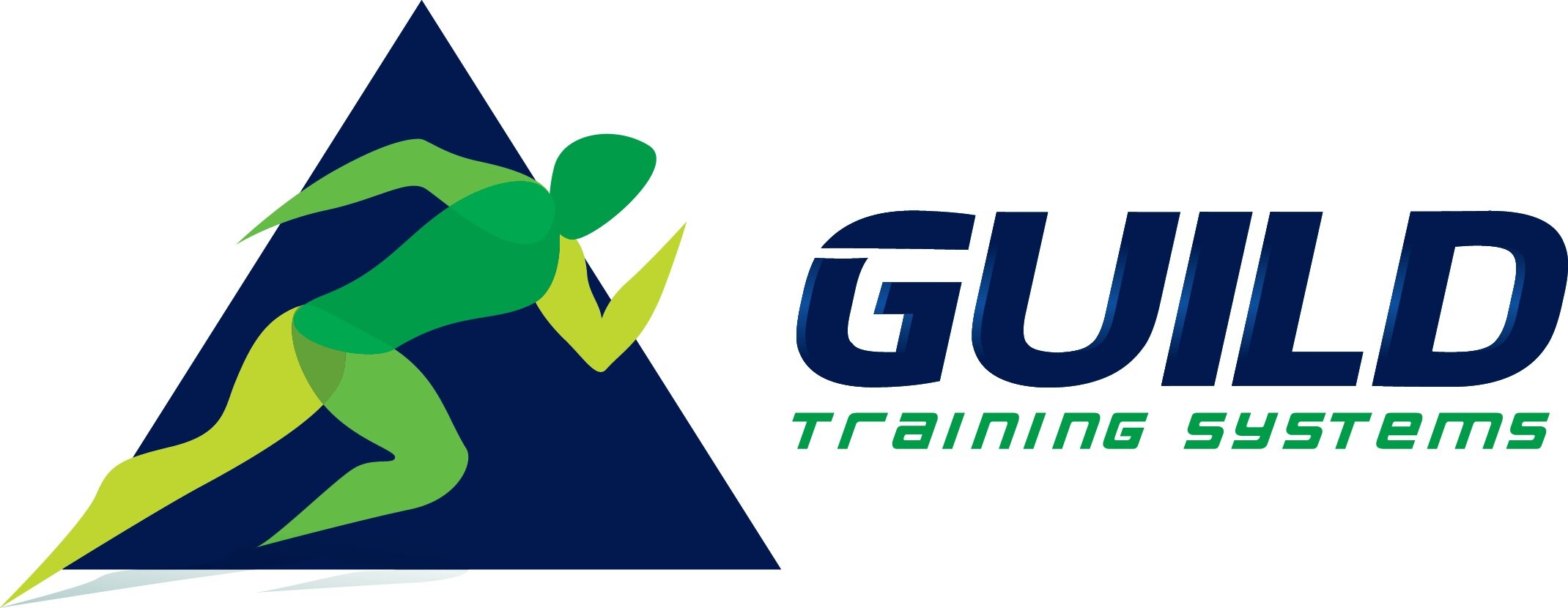Senior League Sports Training Strategies
This being my first year away from watching 180 baseball games per year in professional baseball, I’m finding new ways to spend my time.
As a performance training nut, I find myself spending time training for golf, basketball and baseball this coming summer.
The sport demands for these three sports are quite different. Speed and agility are needed in basketball, when outright force production is the winner in baseball. Golf swings are multifactorial and a jump shot demands a ton of repetition.
So how am I training for all these things without blowing out and losing my privileges to live without blinding pain?
The bucket theory.
Bucket theory states that improving specific skill or ability requires filling a specific training bucket, or category, without having it spill over.
What are the buckets for these three sports? Let’s take a look.
Basketball requires aerobic fitness to run up and down the court without passing out. It requires speed and agility to play defense or make cuts to the basket.
Golf requires rotational power output, mobility in the hips, shoulders, thoracic spine and more. It also requires a reckless amount of practice rotating in the same pattern.
Baseball requires rotational power output (whoa! That’s the same bucket as golf!) along with speed to run the bases (basketball bucket) and mobility in the thoracic spine, hips, shoulders and more to stay healthy while rotation in the same pattern.
The buckets are set!
Rotational strength and power can be trained with fundamental exercises within the weight room, along with incorporating medicine ball work. Something to appreciate is the fact that this rotational power bucket is only so big. The more training volume, the more it fills up and creates the possibility of overflowing.
Overflowing is an overuse injury to be clear.
When it comes to medicine ball work to improve rotational power output, it should be diminishing as sport specific demands begin. Basically, once I start playing golf and baseball this summer, medicine ball work is reduced to at most 1x/weekly training.
Aerobic fitness is an area that is simple to train and easy to keep. Simply playing basketball will bring about a level of aerobic fitness. I’ve found that 3-4 training sessions per month focused on aerobic fitness are plenty to maintain or even improve aerobic fitness. This is a bucket that’s easy to overfill and create chronic fatigue stemming.
When it comes to aerobic fitness, when I’m playing basketball 1-2 times weekly, I’m avoiding the H.I.T.T training and long duration cardiovascular exercise that could put me into a state of fatigue that impacts my training ability.
Speed and agility are tough ones. They are more difficult to train and require more frequency to keep or improve. A good rule of thumb is 2x/weekly speed and agility touches. It doesn’t take a lot of training volume. Even a 15 minute training block can be a difference maker. That’s like five reps of speed and agility (10-15 second bursts) with good rest periods of a few minutes.
Max rotational power is another tricky one. It takes a lot of frequency to train and requires a lot of frequency to keep. With baseball and golf in the summer, sport specific rotational power volume goes through the roof. Golf rounds hold at least 150 swings in them while baseball games will have a fair amount of throwing and hitting involved. How much of all that training volume is at max velocity though?
Many times, we’ll rely on sports to drive power and speed outcomes without realizing that true maximal output only happens once or twice per game, if at all.
Looks like a bucket that needs to be filled.
1-2 absolute power days with 10-15 TOTAL reps are a good place to start within my own training. Others will need more volume while others still will need less. How to tell? In many cases it comes down to trial and error which happens a lot faster if
We’re logging all of our results
We’re tracking how we are responding/recovering to the stimuli
If tracking and reflecting, adjustments can happen quickly to training volumes to allow for rotational power maintenance or improvement within a season.
So there it is. Bucket theory and a quick synopsis of how I try to visualize my own training when it comes to sport specific goals.
Enjoy
